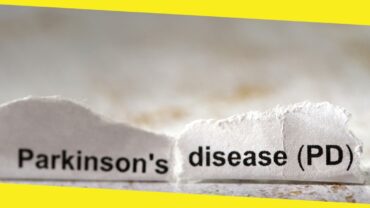Is Afternoon Napping Good or Bad?
This post was last updated on January 18th, 2022
Contents
ToggleWhat is Napping?
Around of 85% of mammal species comes under polyphasic sleeping category, which means sleeping for short periods throughout the day. However, humans are the monophasic sleepers, meaning that a single day is divided into two distinct periods, that is, one for sleep and one for wakefulness. Usually young children and elder persons take naps for certain time period after lunch especially.
However, naps do not necessarily makes up for our insufficient or poor quality sleep at night, but a short power nap of 20-45 minutes can actually help in enhancing mood, creating alertness and improving performance.
Napping Categories
- Planned napping which is a preparatory napping, which means taking a short nap before you actually get into a sleep. This sleeping technique is normally used when you know that you will be getting up later than your normal sleeping time or to avert getting tired earlier.
- Emergency napping happens suddenly very you are very much tired and cannot go with your work anymore, you are engaged in. This kind of nap is used to fight drowsy driving or fatigue while manual working with heavy and dangerous machinery.
- Habituated napping occurs at the same time each day. Young children mostly fall asleep at about same time every afternoon or adults who are used to take a short nap after lunch each day.
Recommended: Guide To Healthy Sleeping Habits
Napping Advantages
- Taking a power nap is usually recommended for 20 – 45 minutes which has a significant benefit. It gives improved performance, better memory, less confusion, alertness without leaving you feeling woozy and groggy.
- A short nap of 20 minutes minimum can make you more active and can reduce mistakes and accidents which are caused due to fatigue.
- Napping for 40 minutes improves performance upto 34% and alertness upto 100%
- Scheduled napping is mostly recommended for narcolepsy and shift work syndrome patients.
- Napping acts as de-stress mechanism which gives a mini vacation, reducing your stress, refreshing and rejuvenating your mood.
- Experts say naps can distinctly lower blood pressure
Napping Disadvantages
- Napping can leave you with sleep inertia that is making you feel groggy and confused after waking up from a nap.
- If you are facing trouble in sleeping at night, i.e. Insomnia, then napping is definitely a bad idea. Napping during the day time, can lead you to bad sleeping habits if you have temporary sleeping issues due to stress, illness, or jet lag may be.
- According to the National Sleep Foundation studies, taking naps increases the heart failure risk if, someone is already at the risk.
- Taking long naps, more than 45 minutes can lead you to laziness and lack of ambition.
Now, if you probably think about ways to integrating naps into your daily regime, then you better keep in mind that getting adequate sleep on regular basis is the best ever way to stay alert and fresh. But when fatigue comes in, a quick nap can help you a lot for your mental and physical vigor, but, remember nap should not be more than 45 minutes and is best to take between 2 pm to 3 pm post you lunch.
Also read: Top 10 Health Benefits of Napping
Recommended For You
Things Your Doctor Wants You to Know about Parkinson’s Disease
Priyadarshini Muduli
A full time passionate writer with imperishable determination to bring healthy, smart and pragmatic changes individually and socially. Concentrate especially on lifestyle, life and personal improvement, relationships, mental health and behavior, viral issues and literature based subjects.





